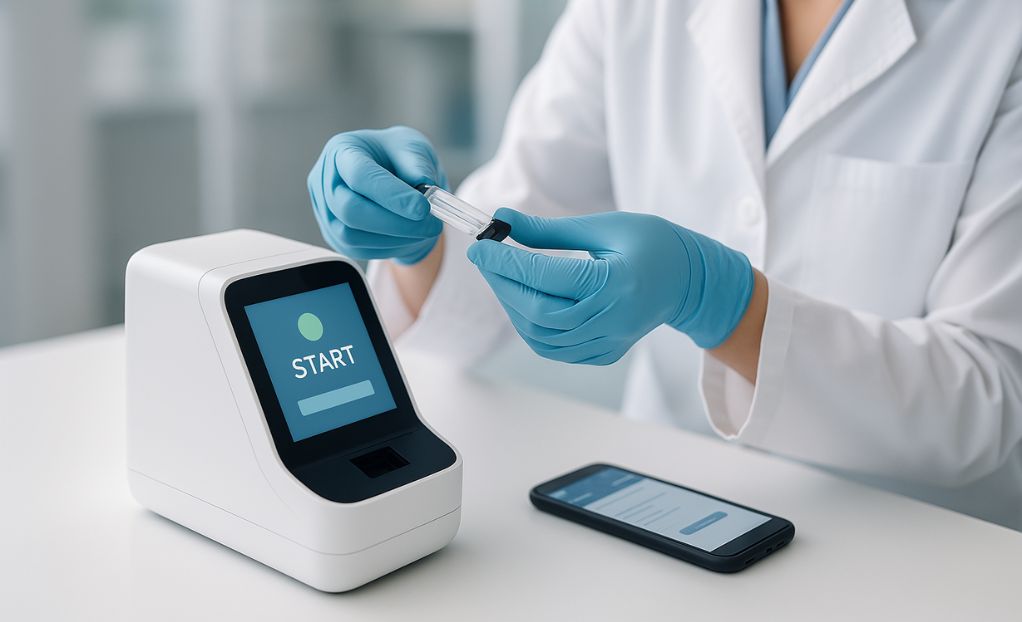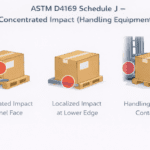The in vitro diagnostics (IVD) market is in the midst of rapid transformation—driven by molecular breakthroughs, increasing demand for decentralized testing, and a regulatory environment that’s evolving just as quickly. In a recent conversation with Medical Product Outsourcing (MPO), we explored these shifts in depth.
Below, we expand on the key themes from that discussion, highlighting where the IVD market is headed and how companies can stay ahead.
A Shift Toward Decentralization and Speed
Today’s patients and providers expect answers faster and closer to the point of care. That’s driving a surge in portable, user-friendly diagnostic tools—many designed for home use or primary care settings. Integrated with smartphones or cloud platforms, these devices are enabling real-time diagnosis and treatment decisions.
This shift isn’t just a matter of convenience—it’s reshaping how diagnostics are developed, validated, and distributed across healthcare systems.
Molecular Diagnostics at the Forefront
COVID-19 accelerated the adoption of molecular testing, but its momentum hasn’t slowed. PCR laid the foundation, and now next-generation sequencing (NGS), CRISPR-based platforms, and liquid biopsies are gaining traction across oncology, genetic screening, and infectious disease management.
These technologies enable earlier detection, more targeted treatment, and less invasive testing—critical advantages as precision medicine becomes more mainstream.
Automation and AI are Raising the Bar
With labs under pressure to process more tests, faster, and with fewer resources, automation is no longer optional. AI-driven analytics, robotics, and high-throughput platforms are helping improve efficiency, reduce error, and meet rising expectations for turnaround time.
These tools are also becoming essential to compliance—ensuring data integrity and traceability in a tightly regulated environment.
Regulatory Complexity is Reshaping Strategy
Regulatory change was a recurring theme in our MPO interview, and for good reason. The EU’s IVDR and ongoing updates from the FDA are setting a new standard—particularly for AI-powered diagnostics and companion tests tied to drug therapies.
Navigating this complexity requires early, proactive planning. Companies that build regulatory strategy into product development from the start will be better positioned to innovate and scale without delay.
Sustainability is Gaining Ground
Environmental responsibility is becoming a core consideration in IVD. From minimizing waste in single-use components to optimizing packaging and logistics, manufacturers are finding new ways to reduce their footprint.
While still emerging, sustainability is increasingly tied to customer expectations and long-term business viability.
Post-COVID: Lasting Infrastructure and Lessons
The pandemic didn’t just change the scale of molecular diagnostics—it reshaped the entire diagnostic lifecycle. Infrastructure built for COVID-19 testing is now being adapted for broader applications. The success of Emergency Use Authorizations (EUAs) also challenged assumptions about the speed of regulatory approvals, influencing how agencies approach novel diagnostics today.
At the same time, COVID exposed major supply chain vulnerabilities, prompting companies to reevaluate outsourcing, manufacturing, and risk mitigation strategies.
Looking Ahead
The future of IVD will be defined by those who can balance scientific innovation with regulatory readiness and operational agility. Success means building diagnostics that are not only clinically impactful, but also scalable, sustainable, and accessible.





